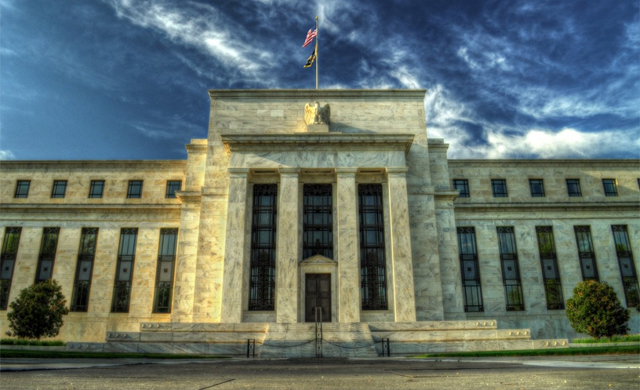Looking ahead to this week, the key event in the Northern Hemisphere will be Wednesday’s Federal Reserve (Fed) meeting and, more specifically, Jerome Powell’s speech afterward.

Although markets have already factored in the expectation that the regulator will maintain its current monetary policy, there is a likelihood that it will hint at possible future actions.
This is mainly due to concerns about the return of a well-known set of inflationary risks, such as rising energy prices, geopolitical instability, and social unrest.
The recent rise in energy prices, for example, has already triggered a U-turn in the disinflationary trend, with CPI rising for the first time since June 2022.
If the rally continues, things will only deteriorate. Make sure to keep track of forthcoming economic events to stay informed.
Not only will the Fed, as well as the other central banks, be forced to postpone a change in monetary policy, but it will also cause corporate profits to fall.
It is worth mentioning that a rise in costs has already pushed several major U.S. airlines to revise their forecasts for the third quarter, and we may see further profit warnings.
Another significant issue to consider is the occurrence of union strikes.
The ongoing labor disputes in the three Chevron LNG plants in Australia have already led to a rise in natural gas prices, which could impede the restoration of price stability.
Furthermore, the uprising of 13,000 employees from General Motors Co, Ford Motor Co, and Stellantis NV not only has the potential to drive up car prices but also poses a risk of slowing down the economy.
In the Southern Hemisphere, investors will keep a close eye on the heated geopolitical tensions between Armenia and Azerbaijan, this time presumably over the Zangezur corridor.
If the Turkish initiative to start peace talks fails, a new phase of conflict between the two countries is likely, and this time possibly involving major players…


 Hot Features
Hot Features










